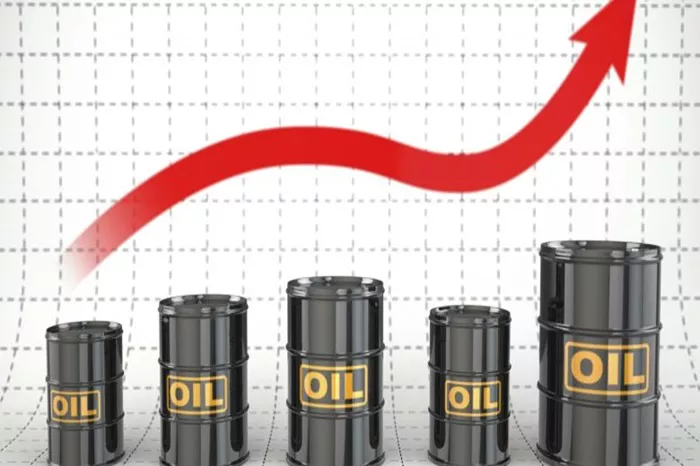Oil markets are experiencing a significant uptrend, with crude futures for both West Texas Intermediate (WTI) and Brent varieties rising approximately 10% since June 4. This rally follows a tumultuous year where prices saw increases of up to 20%, only to relinquish nearly all those gains. Year-to-date, WTI crude is up 13%, while Brent has increased by 10.4%.
Middle East Tensions Escalate
The latest spike in oil prices is largely attributed to escalating tensions in the Middle East. The ongoing conflict between Israel and the Gaza Strip, following the October 7 Hamas attack on Israel, has intensified, with additional hostilities involving the Lebanese militant group Hezbollah. Reuters reported that Hezbollah leader Sayyed Hassan Nasrallah, an ally of Hamas, issued a stark warning on Wednesday, stating, “There will be no place safe from our missiles and our drones” if Israel invades Lebanon.
Diverging Views on Oil Demand
The price surge also reflects a contentious debate between the Organisation of Petroleum Exporting Countries (OPEC) and the International Energy Agency (IEA) regarding future global oil demand. Last week, the IEA projected that peak oil demand could occur as early as 2029. In response, OPEC, which recently reversed some production cuts amid competition with U.S. producers, criticized the IEA’s prediction as “dangerous commentary” likely to increase market volatility.
Expert Opinions on Market Trajectory
Analysts at Capital Economics cautioned against overemphasizing the timing of peak demand. They suggested that the broader trajectory of oil demand is more critical, comparing potential scenarios to the steep incline of the Matterhorn versus the flat top of Table Mountain. The IEA’s report highlighted that minor changes, such as a 15% reduction in electric vehicle adoption rates, could significantly impact future oil demand forecasts.
Industry Optimism
Despite the volatility, there is a sense of optimism within the oil sector. Jeff Leitzell, COO of energy exploration firm EOG Resources, expressed confidence in OPEC’s market management during a recent energy conference. He noted, “There’s obviously been a lot of volatility here over the past years, and it feels like a lot of that’s worked out of the system. With the OPEC+ cuts that are out there, it feels like the market’s fairly balanced at this point in time. And what we really see is a pretty strong demand around the world and continued growth.”
As the oil markets continue to navigate geopolitical tensions and conflicting forecasts, stakeholders remain cautiously optimistic about the future balance of supply and demand.
Related topics:
Geopolitical Tensions Propel Crude Oil Prices Higher

